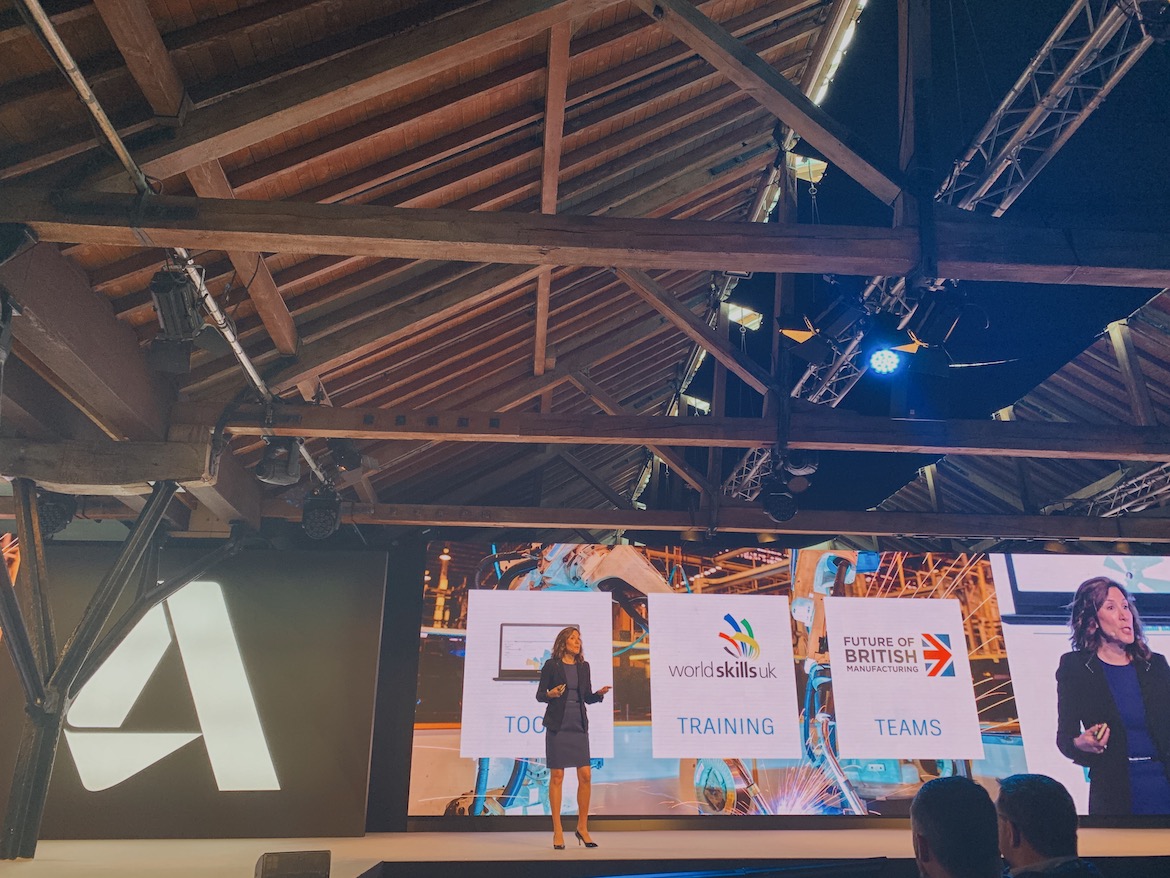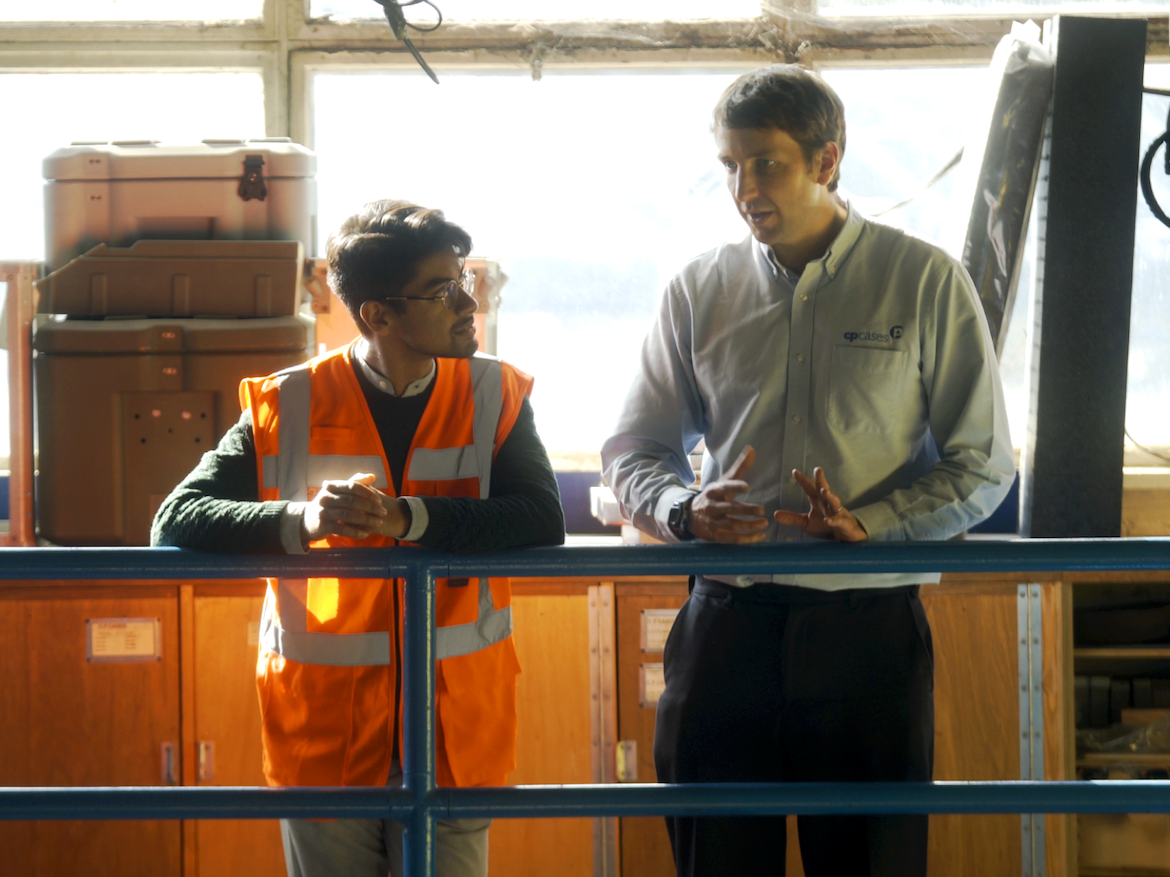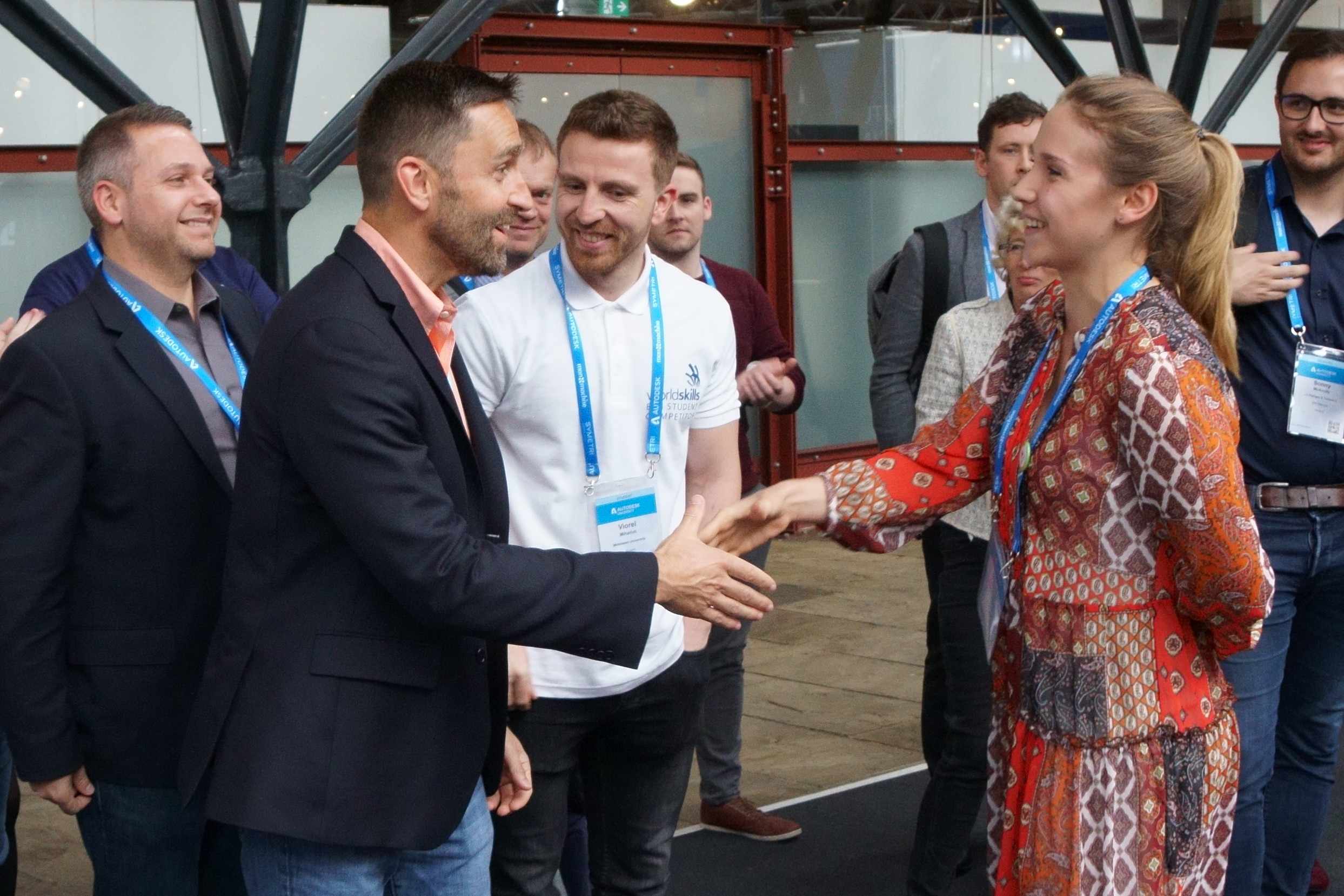On the second day of Autodesk University London, Lisa Campbell, Autodesk’s Chief Marketing Officer, shared insights on how the company is working to shape a better and more promising future of work in the age of automation. The global skills gap remains one of the most pressing challenges. Millions of jobs go unfilled while millions of people are actively seeking employment. While automation may displace 75 million jobs by 2022, it’s also expected to create 133 million new roles, resulting in a net gain of 58 million jobs worldwide, according to the World Economic Forum. This shift means that the real challenge isn’t job scarcity—it’s a shortage of skilled workers. As industries evolve, employees will need to adapt to a more tech-driven environment, where collaboration with machines becomes the norm rather than the exception. Although AI, robotics, and automation are often seen as threats, they can also be powerful tools for progress—if used wisely. If we’re not intentional about how we implement these technologies, they could worsen the skills gap. But with the right approach, they can open up new opportunities and drive innovation across sectors. The integration of design and manufacturing represents a major turning point for innovation. It's time to look beyond just "advanced manufacturing" and embrace the full potential of both fields. In the UK, manufacturing accounts for 44% of total exports, 70% of business R&D, and directly employs 2.6 million people. When you add the design sector—home to 1.5 million professionals—the total reaches nearly 4 million. This convergence marks the beginning of a new era of agile design and production. Improved collaboration between humans, robots, and digital tools can enhance productivity, improve product quality, and free workers from repetitive or hazardous tasks. However, small and medium-sized manufacturers (SMEs) face unique challenges. With limited resources, many struggle to attract talent and adopt new technologies. In the UK alone, there were 59,000 manufacturing job openings last year, but only 34,000 students were enrolled in related degree programs. To address this, Autodesk has launched the Digital Catalyst program, part of its Future of British Manufacturing Initiative (FoBMi). The program connects students with SMEs, helping bridge the skills gap and accelerate digital transformation. Asif Moghal, Autodesk’s senior industry manager for design and manufacturing, explains, “We need a new approach where educators and industry leaders collaborate more closely to match talent with the right opportunities.†Last year, Umar Hossain, a PhD student at Imperial College, was placed at CP Cases through the program. He helped reduce a complex digital process from 180 minutes to just 15, showcasing the impact of fresh perspectives and digital expertise. Autodesk has also partnered with the Monitor Institute, a Deloitte research division, to explore the underlying causes of the skills gap and identify ways to help workers thrive in an automated world. Their findings highlight the importance of continuous learning, upskilling, and stronger ties between education and industry. Autodesk is working with WorldSkills International to prepare the next generation of skilled workers for the future. The WorldSkills Competition brings together young professionals from around the globe, offering them a platform to showcase their talents in over 45 different skills—many of which rely on Autodesk tools. In the AEC industry, the shift toward digital construction has created new roles and skill requirements, such as BIM modeling and data management. To meet this demand, WorldSkills recently introduced a BIM competition, where students use Autodesk Revit and BIM 360 to demonstrate their technical abilities. This year, Autodesk University London hosted the regional BIM competition, featuring 10 top students from London Southbank University, Middlesex University, and Oxford Brookes University. Industry experts from JJ Rhatigan and Baker Hicks judged the event, recognizing outstanding talent. Barbara Adamska from Oxford Brookes emerged as the winner, scoring the highest in the competition. Michelle Fahey, a project manager at JJ Rhatigan, praised the students’ skills and potential, saying, “These young professionals are ready to make a real impact in the industry.†Barbara Adamska from Oxford Brookes achieved the highest score in the regional WorldSkills BIM competition. While some aspects of the future are unpredictable, there’s a lot we can influence. Through initiatives like the Digital Catalyst program, ongoing research, and partnerships with educational institutions, Autodesk is committed to supporting workers at every stage of their careers. This is an exciting time for design, construction, and manufacturing—one where innovation and opportunity go hand in hand. PVC sheet is a widely used and popular material. PVC Film can be divided into food grade and industrial grade, and it can be made into transparent, colorful, anti-static, gold-plated, flocking, etc.
For vacuum forming, its main characteristics are high transparency, good surface gloss, less crystal points, small water lines, wide use, strong impact resistance, and easy molding. The finished product meets the US FDA and Japanese PL food hygiene standards. Widely used in the outer packaging of toys, food, electronic products, medicine, electrical appliances, gifts, cosmetics, stationery and other products.
Transparent Pvc Sheet,Clear Pvc Sheet,Rigid Pvc Plastic Sheets,Transparent Rigid Pvc Sheet Shandong Top Leader Plastic Packing CO., LTD , https://www.sdzlplastic.com
Calling All Catalysts

Digging Into the Data
Engage Them Early


